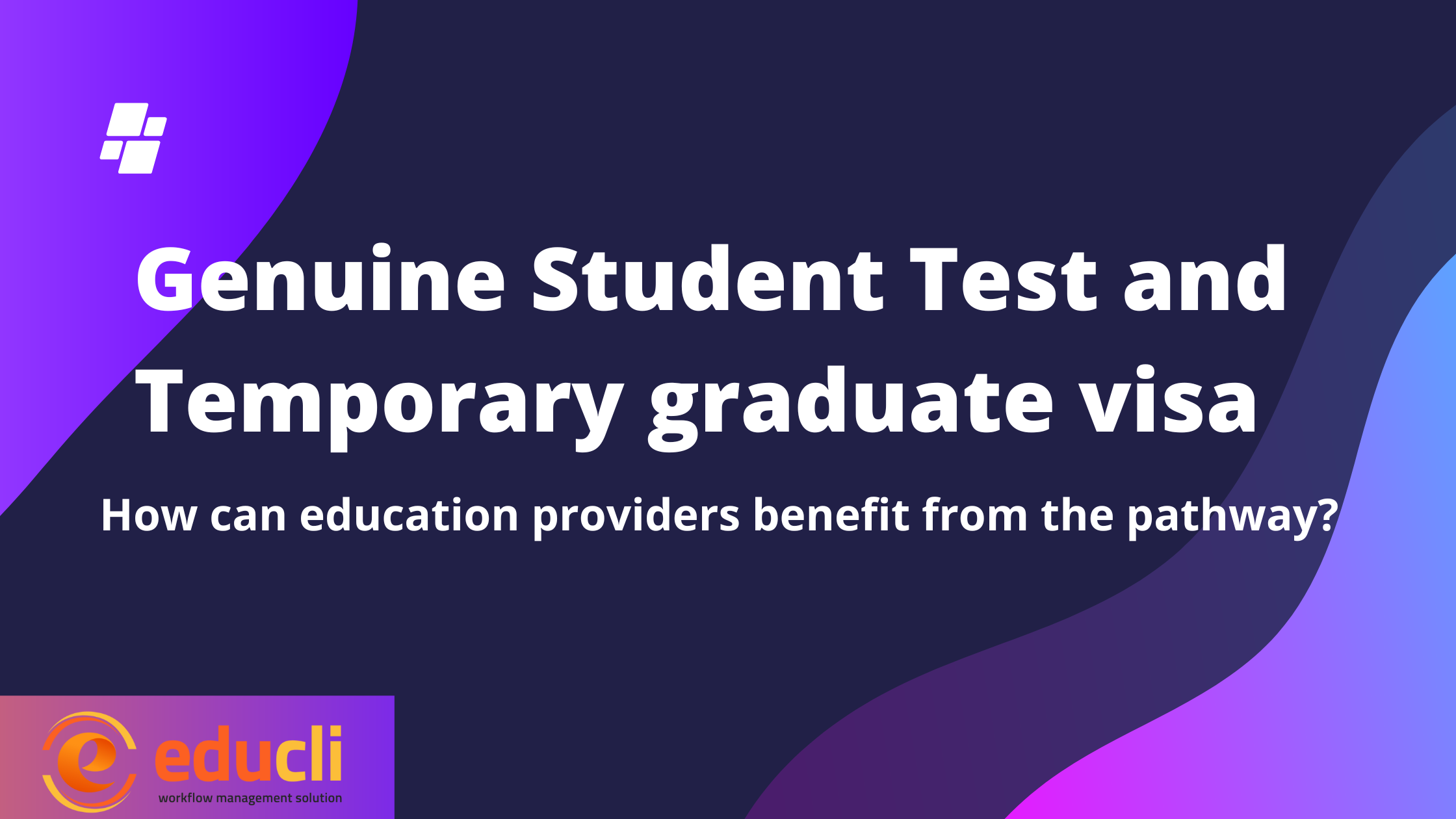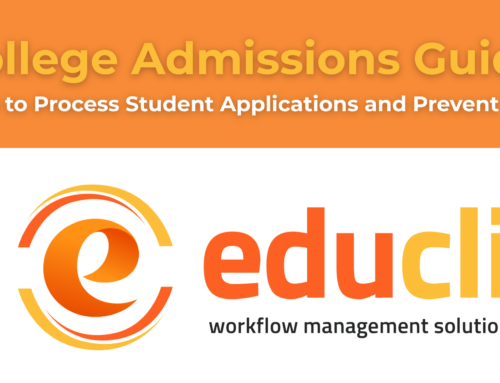As announced in the Migration Strategy released on 11 December 2023, the Australian Government is replacing the Genuine Temporary Entrant (GTE) requirement for the grant of a student visa with the Genuine Student (GS) requirement.
Here is our take on what the applicants will have to explain in detail:
- Their academic motivation should focus on how studying and living in Australia will improve their professional and personal lives.
- Give more information about the course(s) and how they chose them; describe the course’s results and how they will aid in the future; and describe how the course will contribute to their professional and personal development.
- Reflect on their academic background in Australia, including the institutions they attended and the courses they took, and explain how their time spent in school shaped their current interests and goals.
- Justify their need for a student visa by outlining their academic trajectory and, if relevant, how they intend to transition to a student visa. Give concrete examples of what they might do after finishing their studies to show that they understand the visa’s temporary status.
485 Temporary Graduate visa
The Subclass 485 Temporary Graduate visa allows international students who have recently graduated from an Australian institution to live, work, and study in Australia temporarily.
A 485 visa holder can gain work experience in Australia, complete an additional qualification, and/or live in a specified area of Australia for a prescribed minimum period to enable them to qualify for a further visa, such as a skilled permanent residency visa (PR), or put them on a pathway to PR in Australia.
How are the student visa and the 485 Temporary Graduate Visa linked?
Study requirements
- A student must have attained either a single qualification requiring at least two academic years study or multiple qualifications resulting in a total period of at least two academic years study;
- A student must have undertaken this study in no less than 16 months;
- A student must have lodged their application within six months of completing their course.
To meet this requirement, the course/courses must also:
- be registered on CRICOS register (http://cricos.education.gov.au)
- have been successfully and fully completed
- have resulted in an eligible qualification
- have had all instruction in English
- have been completed while physically in Australia
- have been completed while holding a visa allowing study in Australia.
(Please note: The important date is the day when they received their results, not the graduation ceremony)
Temporary graduate visa pathways are extremely important in the field of international education because they provide individuals with the opportunity to gain work experience and establish themselves in their chosen fields in Australia. For these pathways to be effective and impactful, it’s imperative for education providers to play a proactive role in facilitating and optimising them.
Here’s how education providers can contribute significantly to the planning and execution of temporary graduate visa pathways:
- Strategic Course Alignment:
- In order to meet the requirements of the labour market, educational institutions should carefully align the courses they offer. This involves selection of courses that directly correlate with occupations in high demand, such as ICT, engineering, or trades.
- It is important that prospective students receive information that is both clear and comprehensive regarding the outcomes of each course as well as the employment opportunities that are associated with them during the admissions and marketing stages of the process. Details on industry affiliations, work placements, and pathways to professional certifications could be included in this category.
- Encouraging Timely Course Completion:
- Education providers must emphasise the importance of timely course completion to ensure that students are eligible for temporary graduate visas upon graduation. This may involve offering support services, academic advice, and resources to help students navigate their academic journey efficiently.
- Tailored Pathways for Specific Groups:
- Recognising the diverse needs of students, education providers should develop specialised pathways tailored to specific groups, such as ICT professionals, engineers, or tradespeople. These pathways should offer targeted academic and career support to maximise the employability of graduates in their respective fields.
- Facilitating Industry Connections:
- Establishing strong links with industry partners is crucial for providing students with valuable work experience opportunities and potential sponsorship pathways. Education providers should actively engage with employers to facilitate internships, co-op programs, and industry placements for students.
- Ensuring English Language Proficiency:
- Adequate English language proficiency is a prerequisite for success in the international job market. Education providers should offer additional English language courses and support services to help students improve their language skills to the required level for employment and visa eligibility.
In summary, education providers wield significant influence in shaping the success of temporary graduate visa pathways for international students. By strategically aligning courses, supporting timely completion, offering tailored pathways, fostering industry connections, and ensuring language proficiency, they can empower students to achieve their career aspirations and contribute meaningfully to Australia’s future workforce.
Through collaborative efforts between education providers, industry stakeholders, and policymakers, temporary graduate visa pathways can be optimised to benefit both students and the broader community.
#genuinestudents #studyaustralia #graduatevisa #educli





Leave A Comment